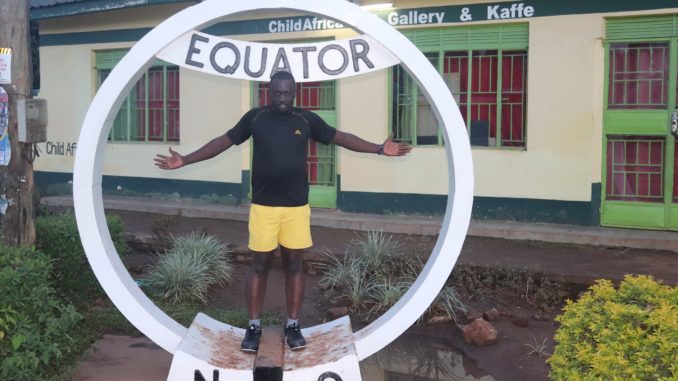
Leaving Jinja
Our vehicle left Jinja to Kampala something around two o’clock that afternoon and arrived around some minutes past four after a two-hour drive. Unlike Jinja, Kampala was more lively and bubbling with activities. Being that I had only a few hours left before leaving Uganda back to Kenya, I had to choose between visiting the location where the Equator Lines passed at Kayabwe, Mpigi District in Uganda or touring the City of Kampala. I had to choose the first option which was only 72 kilometers away from Kampala. I was hoping to be fortunate to return on time to see some of Kampala before returning to Entebbe from where I must board a plane back to Nairobi the next day.
Fortunately, I got a vehicle that was going to a town near the Rwandan border and that was going to pass Kayabwe. It was just one more passenger needed before leaving – I could have been delayed more if there were more passengers to wait for. We left for the journey which was only meant to be at least one hour thirty minutes.
Kampala was very lively that afternoon. People were selling on the streets and lots of boda boda (commercial motorbikes) could be seen on all the highways. People were seen hawking all sorts of things from clothing to household appliances. All sorts of vehicles were jostling for space on the very busy roads. It is a typical African city. We spent up to twenty minutes navigating through the chaotic streets before we eventually found ourselves on the highway to our destination. I paid around 5000 UGX Ugandan Shillings for this trip .
Luckily, I was seated with a friendly gentleman called Mohammed in this bus. He is a very friendly Ugandan meeting him for the first time, he told me has many Nigerian friends when he learnt I came from Nigeria. He knows quite a lot about Nigerians that he knew the different ethnicities in Nigeria. The Nigerian movie industry aka Nollywood also helped him to imitate several Nigerian ascents and exclamations. He told me some of the experiences he had with some of his Nigerian friends when he was studying in Abu Dhabi. He was travelling back to his hometown that evening and on learning about my itinerary decided to accompany me on my tour before continuing his journey back home.
Arriving the Equator
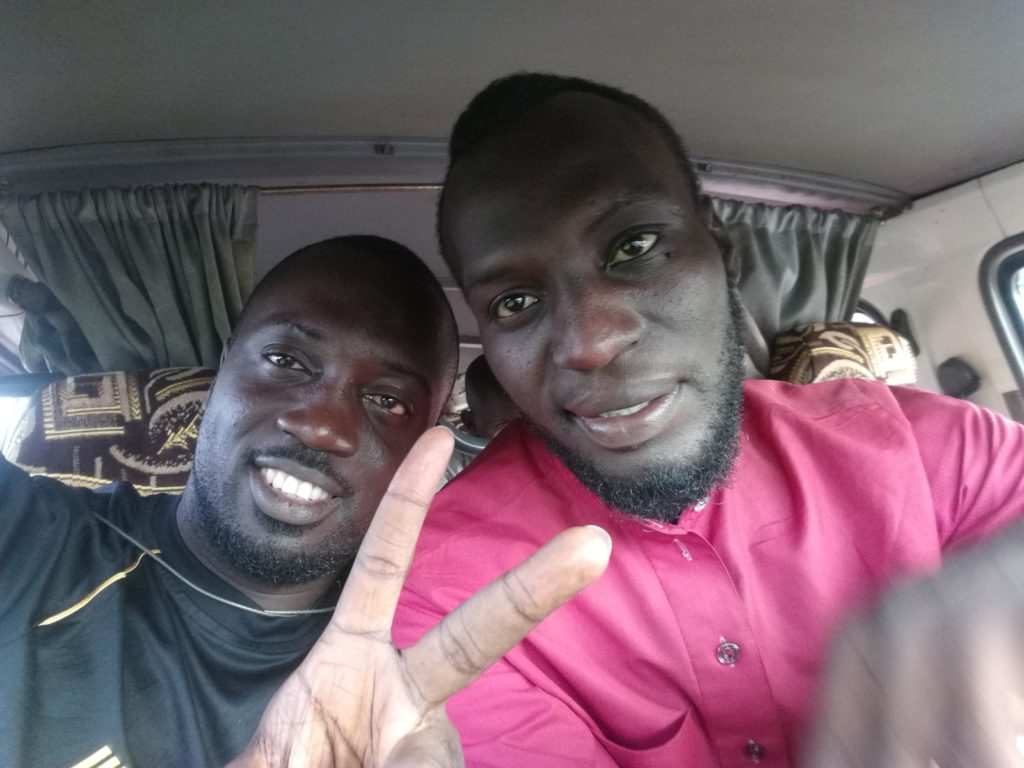
On our arrival at Kayabwe, it was already getting dark. There were no more tourists there but some of the restaurants used by tourists were still open to the public.
The equator is an imaginary line that is drawn through the earth and it is imagined to divides it into two equal halves. It is halfway between the North Pole and the South Pole, and is also referred to latitude of 0 degrees. The equator divides the planet into a Northern Hemisphere and a Southern Hemisphere.
This Equator line passes through 11 countries. Countries and regions around the equator have lots of sunlight all year round, have humid weather and ideally should have equal hours of day light and night. They do not also experience the four seasons of autumn, spring, winter and summer
Some Facts/Myths about the Equator
Equator is fixed: The equator line is not fixed. The line drifts around 9 meters in a year depending on the position of the earth’s rotation. Hence, the yellow lines we see drawn in Kayabwe labelled Latitude 0 degrees is actually wrong because it drifts depending on the time of the year it is. The precise location of the equator can be detected correctly with a compass.
Equatorial Guinea is in the Equator: One may assume that since the term Equator appears in the name of the country Equatorial Guinea, it would be found in the Equator but it rather describes the country as the Guinea close to the Equator. None of the territories of this country is found in the Equator. The name was given to the country by the Spanish colonizers before they left the country
Coriolis Effects happens in basins around the Equator line: The Coriolis effect is a phenomenon that causes fluids like water and air to curve as they travel above the earth’s surface. This is often demonstrated by some locals for tourists at most location where the equator line passes through. At Kayabwe for instance, we could not do this experiments because it was late but we saw the kits used for it. It involves pouring some water in a basin and allowing the water to drain. Depending on which side of the equator one is, a clockwise or anticlockwise motion is observed as the water forms a vortex while draining. Even though this phenomenon is true, it cannot be demonstrated properly using basins around the Equator lines. It is more observed in natural cases of Coriolis effects like cyclone or heavy winds.
It has also been observed that on the equator, it is possible not have a shadow on the midday of March 21 and September 23 which is against the idea that one will always have a shadow when under the sun. It’s also a scientific fact that gravitational pull is a lot more reduced at the equator and that explains the reasons why rockets and satellites are lunched from places closer to the equator.
Mohammed and I took some pictures, made a video and then headed back to Kampala to see if we could see a few more places before heading back to Entebbe that same evening. Even though on arrival, I could not do much because I was tired. We went out to several places that evening but I could not take pictures or could not even recall much of what happened. Leaving me at that point, I headed to Entebbe that evening for my eventual departure to Nairobi for another tech event, while Mohammed headed back to his place in Entebbe, to continue his journey back to his village the next day.
Early the next morning, I left to Nairobi where I was to be delivering a technology talk to a technology group in East Africa. I had made an earlier presentation in Kigali some days before. The earlier presentation was marred by my lack of good preparation. I took a few of the feedback Mike my mentor who was present at the initial event had suggested and I was very hopefully things would turn out better this time.
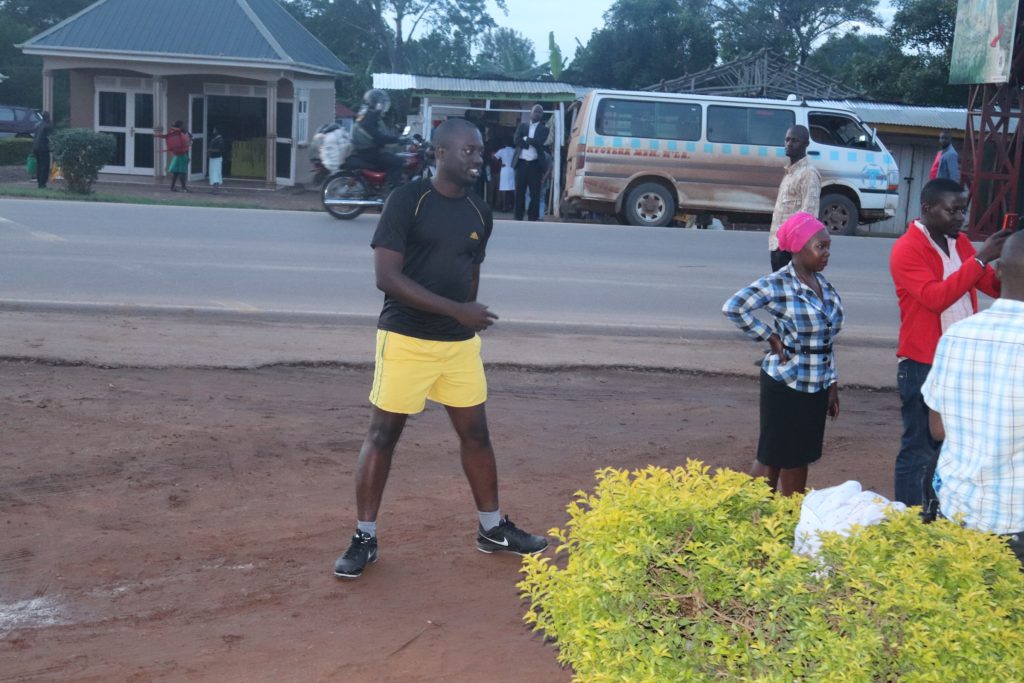
At the Equator 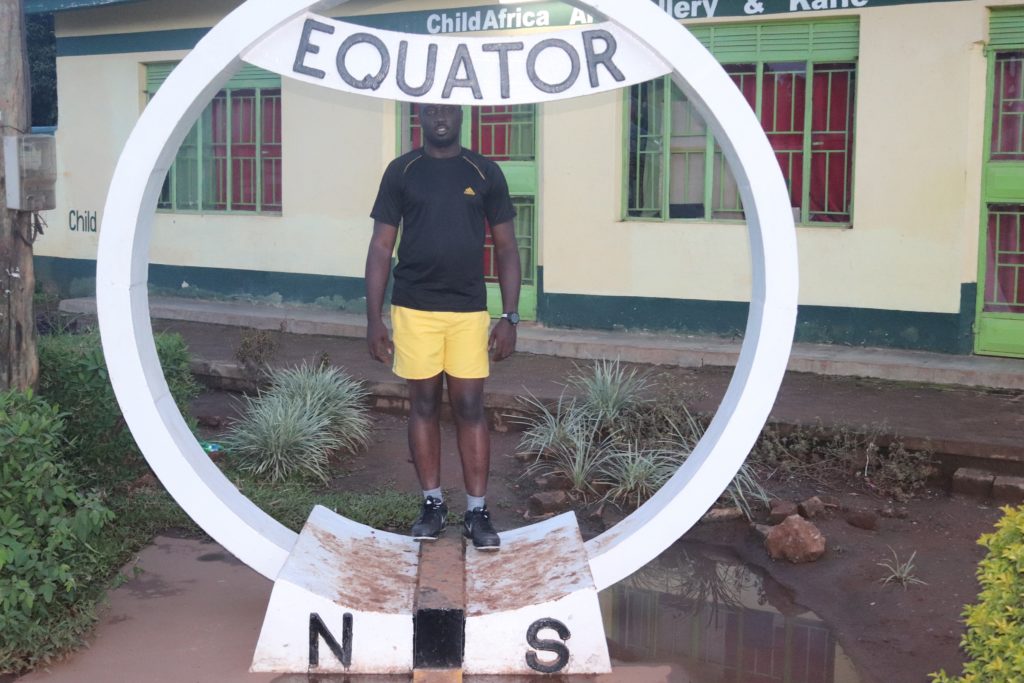
At Latitude Zero 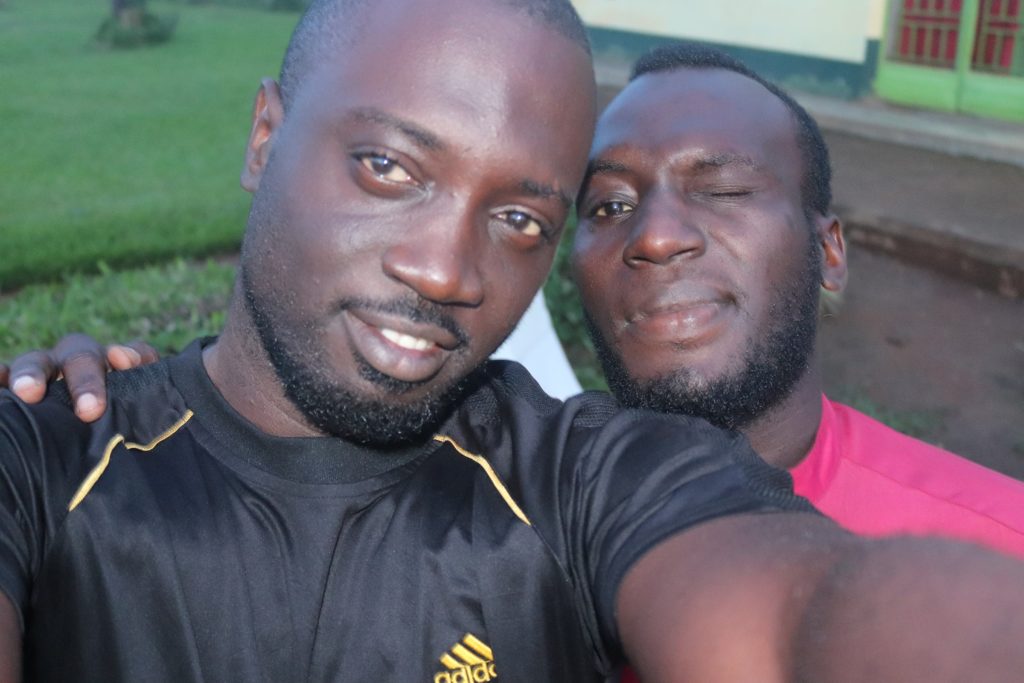
With Mohammed 
The Equator Experiment kit 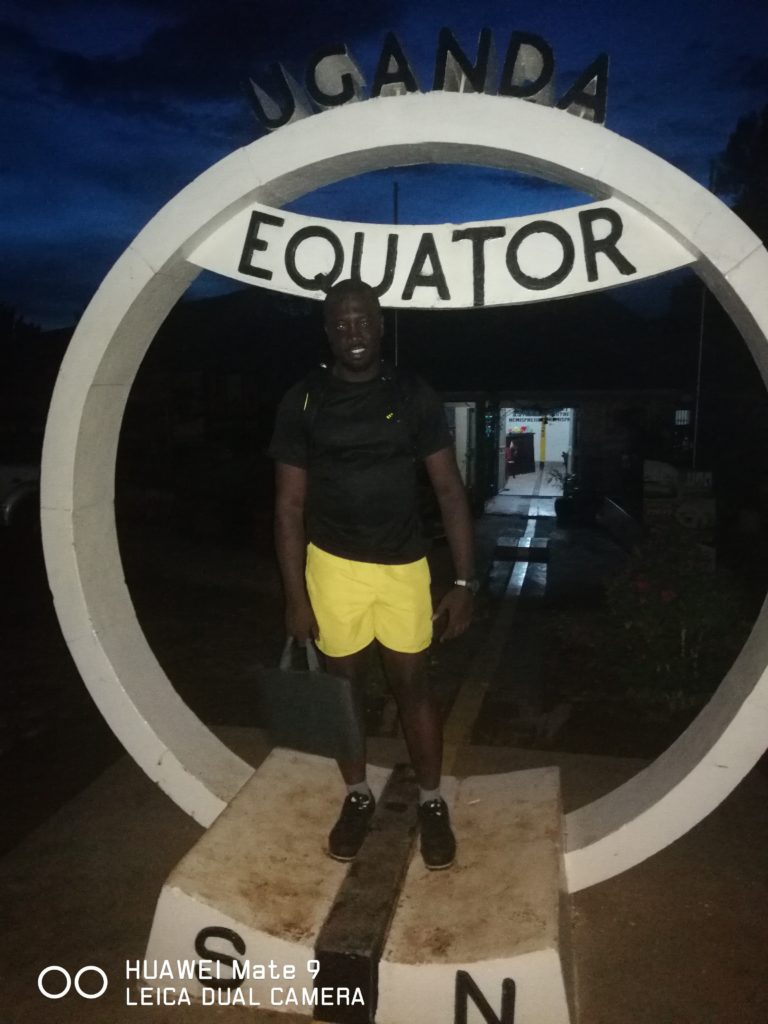
At Latitude Zero 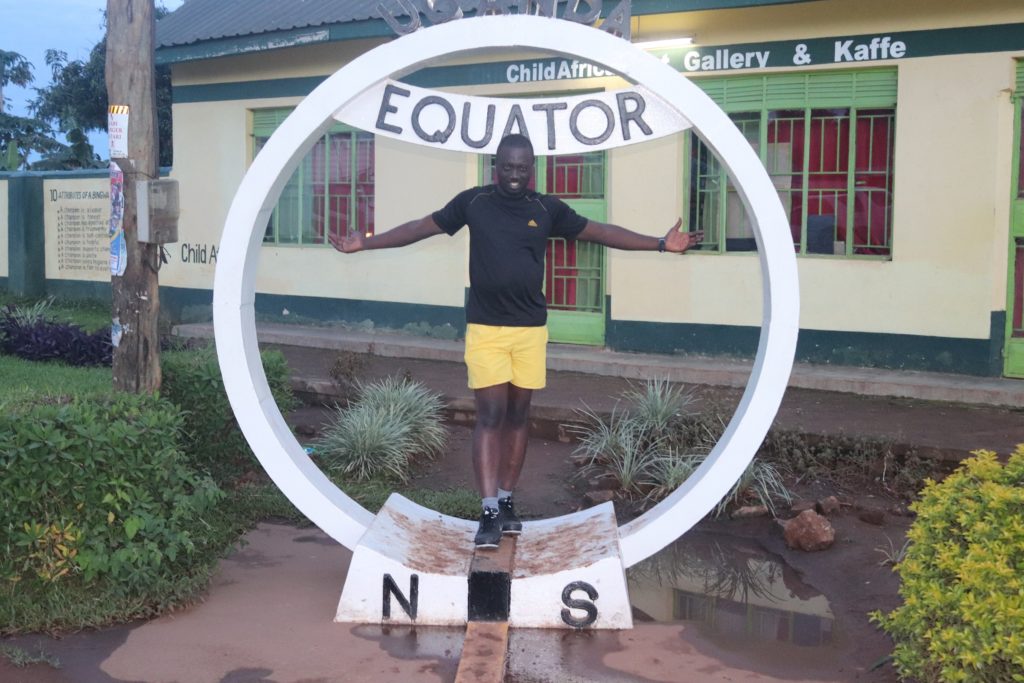
Pose at Latitude Zero degrees
We departed Entebbe that morning and arrived Nairobi after one hour. The event had already started when I arrived and it was good a thing my presentation was scheduled for the afternoon. When my time eventually came, I was personally satisfied with the quality of presentation I did this time. Delivering a good presentation requires more than just a good knowledge of the topic. It involves practice, relating things discussed to everyday life activities and carrying people along.
The next morning, I would be leaving back to Kigali after a brief stop at Bujumbura, a destination I have always wanted to visit in East Africa. From Kigali, I would be flying back to Lagos that same day. I had to pass the evening at the home of one of my friends in the University, Valentine who was living in Nairobi at the time.
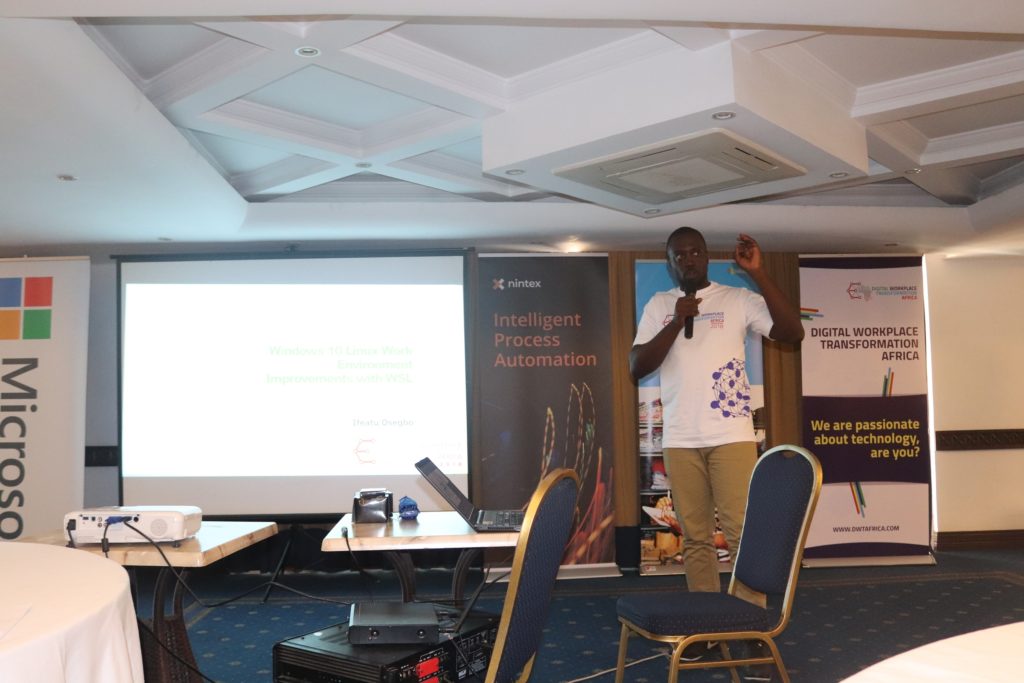
At the presentation at Nairobi 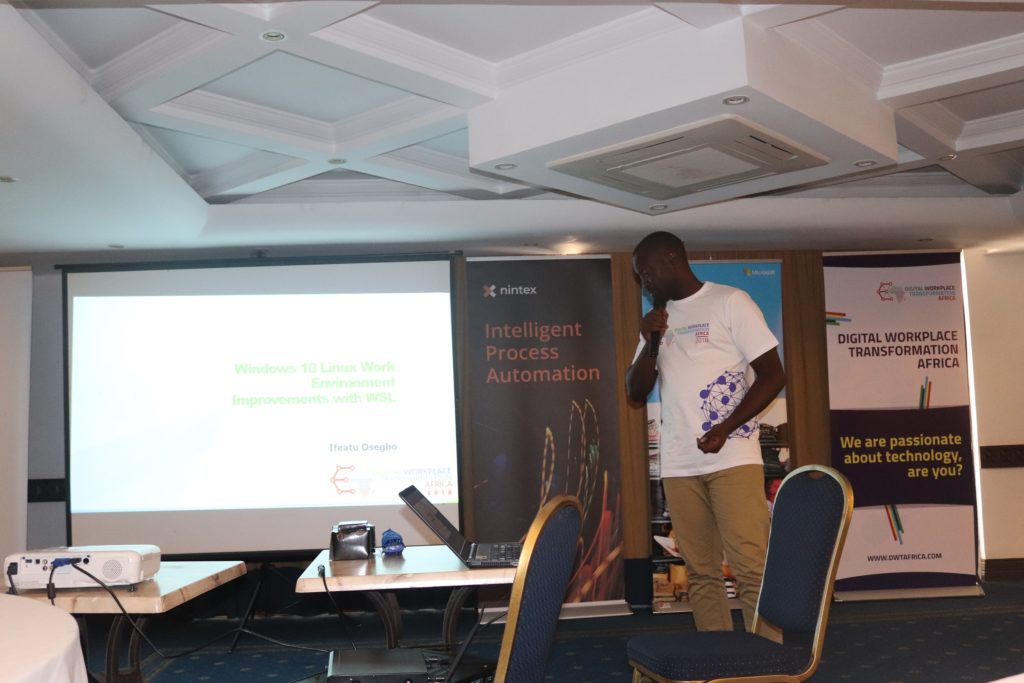
At the presentation at Nairobi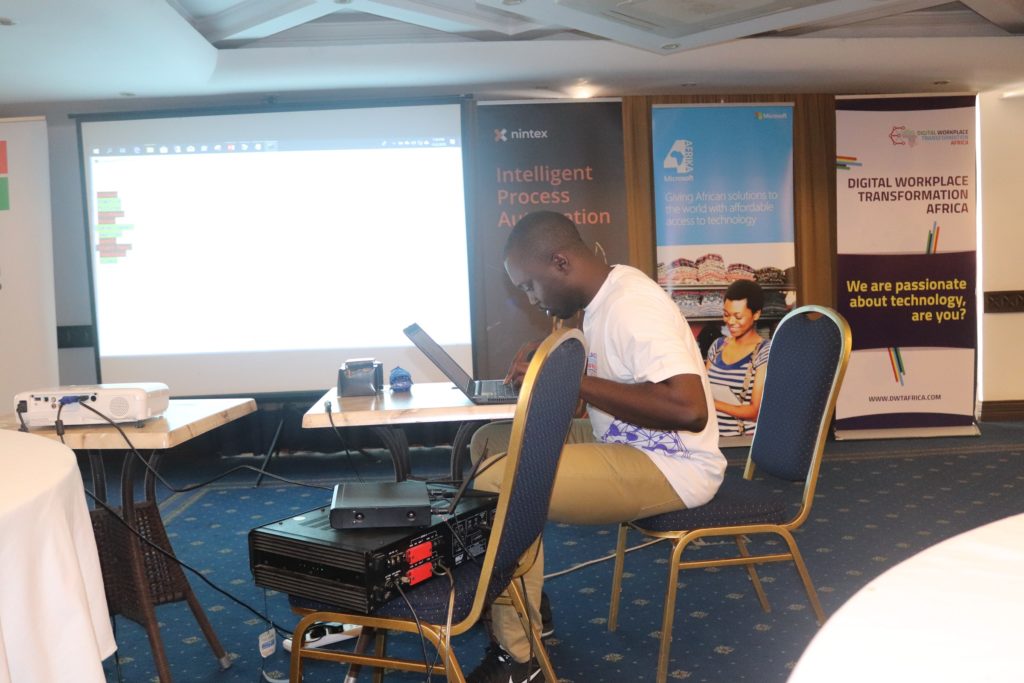
At the presentation at Nairobi – Demo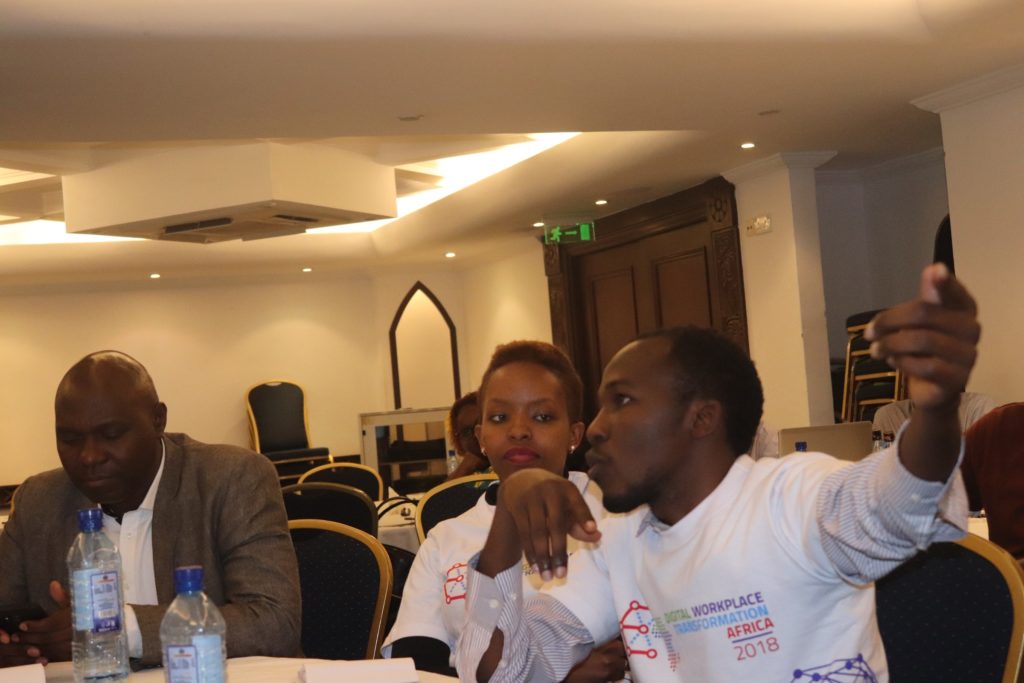
Some of the participants at Nairobi 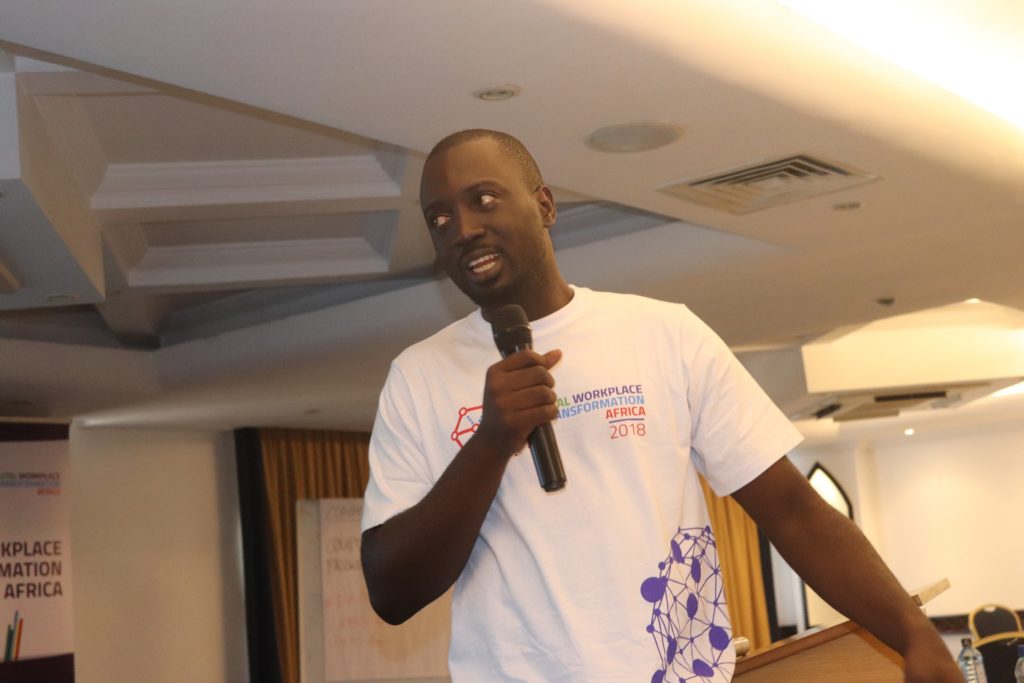
At the presentation at Nairobi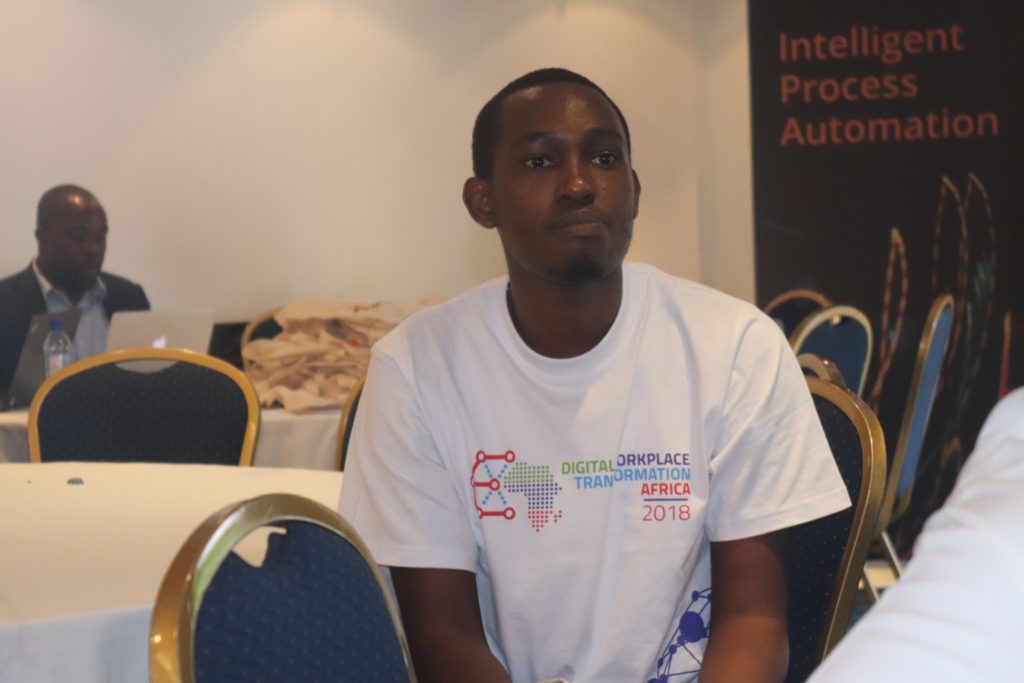
Amos Wachanga, one of the organizers
Five o’clock, I requested for a taxi to drop me off to the airport. For some reasons, I did not bother to do online check-in. I assumed I the check-in I did the previous day was enough but alas, I was wrong. The driver that came to pick me up had other plans which later resulted in me getting to the airport late. I missed the fight.
We left home at about a few minutes past five o’clock and headed towards the airport. The driver got to a point and got into a very long Kikuyu Road which had nowhere to turn except at the end. He did the 22KM road and by the time we came back to the starting point again and then got to the airport, it was too late. I had missed my flight and all attempts to explain the ordeal to the staff of the airline fell on deaf ears. I was however able to reschedule to fly same back to Lagos from Nairobi at two o’clock in the afternoon after I paid a fee of $125 USD.
I got to the airport around one o’clock that afternoon and I flew back to Lagos. That was the end of Tourism 5 which saw me to East African countries of Kenya, Rwanda and Uganda.

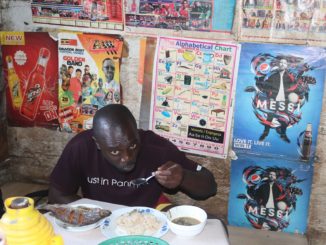
Be the first to comment